About Our Curriculum
ACECQA and NQF
The National Quality Framework (NQF) for Early Childhood Education and Care replaces the existing state and territory licensing and national quality assurance processes and commenced Jan 2012.
ACECQA and NQF guidelines are based on evidence that the early years of a child’s life are very important for their present and future health, development and well-being, hence, a real focus on outcomes for children. Thus, all education and care services must provide a programme based on an approved learning framework (ELYF), which considers the developmental needs, interests and experiences of each child and takes into account the individual differences of each child.
Our Montessori Curriculum
Our Montessori Preschool’s programming is based on the Montessori curriculum, principals and practice. It is very well linked to and meets all the principles, practices and learning outcomes of the Early Years Learning Framework (EYLF). They are both approved learning frameworks, yet ours scaffolds on top of EYLF.
Our curriculum includes a prepared environment where children are free to explore, discover, and select their own materials for work independently.
Our mixed age range in the preschool rooms correspond with logical stages of child development. As children stay in the one class for three years, these groups become stable and much like a family unit.
Our classrooms are organised in curriculum areas including language, mathematics, practical life, sensory awareness, geography, history, science, art, music and movement. A library is also included. Each area is defined by shelving units with a variety of material on display ready for use by the child.
Each piece of material is displayed in sequence, following order of how they are introduced in the curriculum. Each piece of material has a specific place on the shelves. Materials are arranged in sequence from simple to complex and from concrete to abstract. The wide use of materials allow the child to explore and use their senses to learn.
When children play they are engaged in the skills of negotiation, problem solving, critical thinking and turn taking as they interact in our supportive and nurturing Montessori Environment.
We provide our children with an order and stability, a predictable environment. This allows our children to develop a sense of wellbeing and belonging.


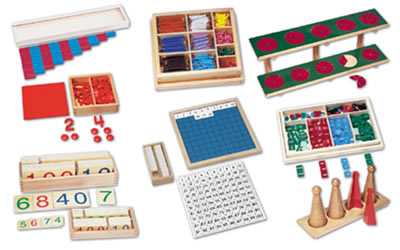
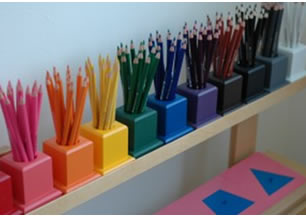 There is only one piece of each material displayed on the shelving so a child must wait their turn to use a piece of material if another child is using it. Our materials are self-correcting negating the need for an adult to correct a child. In this way the child can solve their own problems independently, which builds self-confidence, allows for analytical thinking and the child feels a great sense of satisfaction in completing a task.
There is only one piece of each material displayed on the shelving so a child must wait their turn to use a piece of material if another child is using it. Our materials are self-correcting negating the need for an adult to correct a child. In this way the child can solve their own problems independently, which builds self-confidence, allows for analytical thinking and the child feels a great sense of satisfaction in completing a task.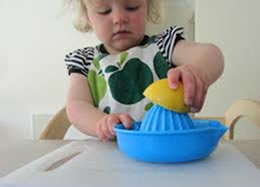
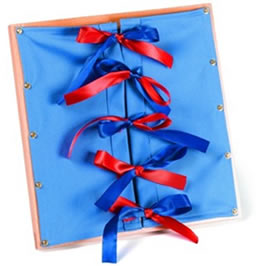 All activities in the Montessori Practical Life curriculum exercise finger muscles and develop fine motor skills. Practical life encompasses 4 main areas: care of person, care of environment, grace and courtesy and control of movement. The purpose of the Practical Life activities is to improve concentration, co-ordination, control, independence and order which lay the foundation for learning in all other areas.
All activities in the Montessori Practical Life curriculum exercise finger muscles and develop fine motor skills. Practical life encompasses 4 main areas: care of person, care of environment, grace and courtesy and control of movement. The purpose of the Practical Life activities is to improve concentration, co-ordination, control, independence and order which lay the foundation for learning in all other areas.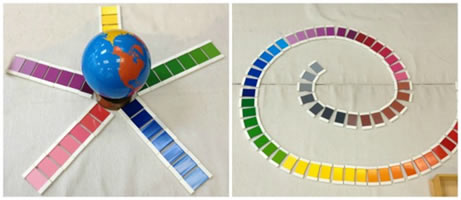

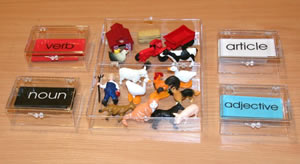 When a number of letters have been learned the movable alphabet is introduced. These cardboard or wooden letters enable the child to reproduce his or her own words, then phrases, sentences and finally stories.
When a number of letters have been learned the movable alphabet is introduced. These cardboard or wooden letters enable the child to reproduce his or her own words, then phrases, sentences and finally stories.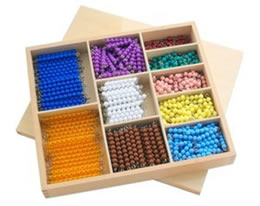
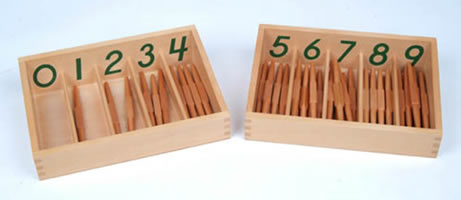 Through concrete material the child learns to add, subtract, multiply and divide and gradually comes to understand many abstract mathematical concepts with ease and joy.
Through concrete material the child learns to add, subtract, multiply and divide and gradually comes to understand many abstract mathematical concepts with ease and joy. “Our care of the child should be governed not by the desire to ‘make them learn things’ but by the endeavour always to keep burning within them the light which is called intelligence”
“Our care of the child should be governed not by the desire to ‘make them learn things’ but by the endeavour always to keep burning within them the light which is called intelligence”